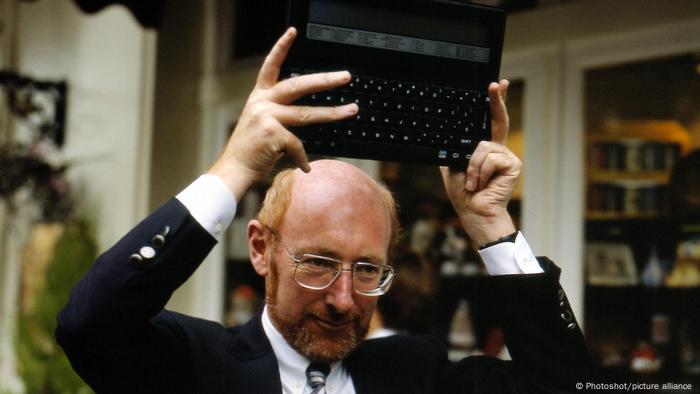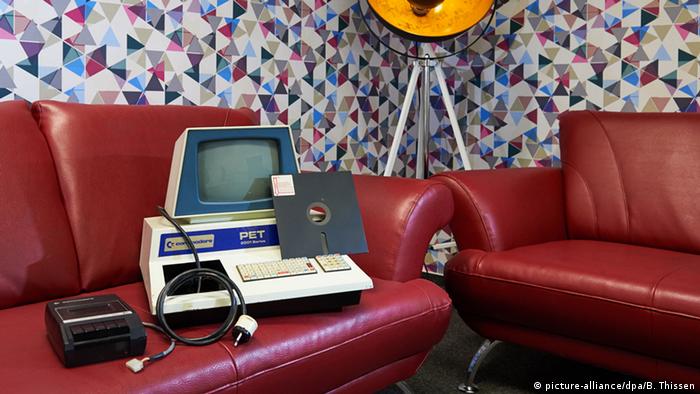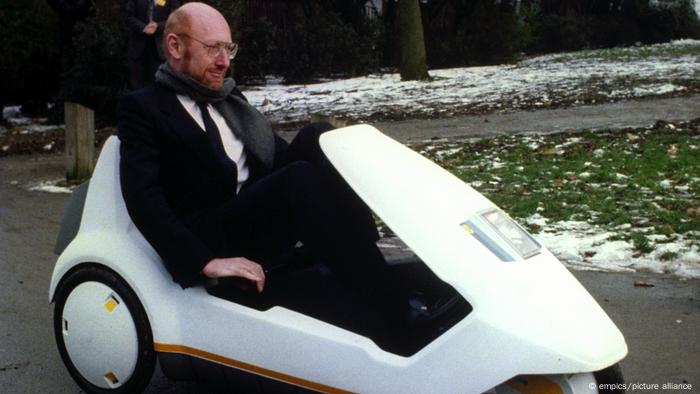Republicans and some moderate Democrats opposed efforts to extend the program
By Thomas Barrabi FOXBusiness
Nearly 450 economists signed an open letter Thursday urging Congress to pursue a permanent extension of President Biden’s child tax credit program, an economic measure that has prompted intense debate on Capitol Hill.
The economists, drawn from universities and institutions across the country, argue that initial research showed a permanent child tax credit would "dramatically reduce childhood poverty" by improving educational, health-related and career outcomes for low-income youth. The letter cited a study that concluded a permanent program would cost 16 cents for every $1 in new economic benefits.
"A permanently expanded CTC would yield tremendous immediate and long-term benefits for children and their families and would be unlikely to meaningfully reduce employment," the letter said. "For these reasons, we believe that the benefits of an expanded CTC far outweigh the costs."
Under the current enhanced child tax credit program enacted in Biden’s $1.9 trillion "American Rescue Plan," eligible parents can receive up to $3,000 per child aged 6 to 17 years old and $3,600 per child aged under 6 each year. Half of the money is dispersed monthly in direct cash payments, with the other half applied as a credit on 2022 tax returns.
Republicans and some moderate Democrats opposed efforts to extend the program, arguing it would be too costly to taxpayers and would disincentivize job seekers as the U.S. economy recovers from the COVID-19 pandemic.
In their open letter, the economists argued that gradual reductions in payments for higher-earning parents, beginning at $75,000 for individuals and $150,000 for married couples, ensured an incentive to pursue work.
"A design feature that limits such effects is that the expanded CTC amount would not phase out until high levels of earnings; thus, most families would not see their CTC amount decline if their income rises," the economists said.
KEEP THEM POOR SO THEY ARE FORCED TO WORK
Economic experts are divided on the potential impact of the enhanced benefits. The Heritage Foundation, a conservative think tank, has referred to Biden’s program as a "bait and switch" that would inhibit participation in the job market.
"Contrary to the administration’s rhetoric, the primary focus and sole permanent feature of the child allowance policy would not be tax relief, but the elimination of all work requirements and work incentives from the current child credit program," the group said in July. "In pursuing this change, the administration explicitly seeks to overturn the foundations of welfare reform established during the Clinton presidency."
The Democrats’ $3.5 trillion budget reconciliation bill would extend the program through 2025, and Biden and other top Democratic lawmakers have called for it to be made permanent.
The debate could present a roadblock to the bill’s passage in the Senate. Sen. Joe Manchin, D-W.Va., a key swing voter, has called for the implementation of a work requirement for parents receiving the benefit.































